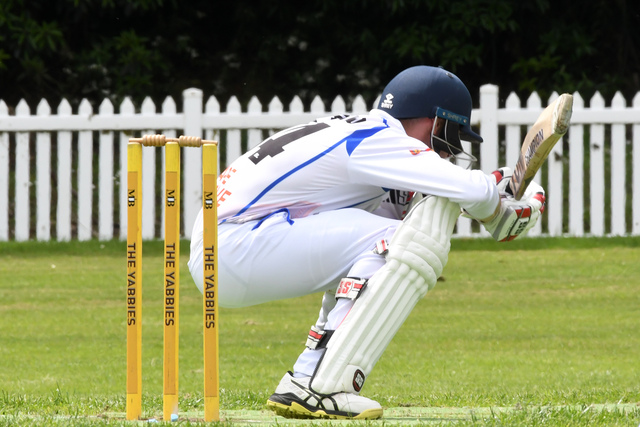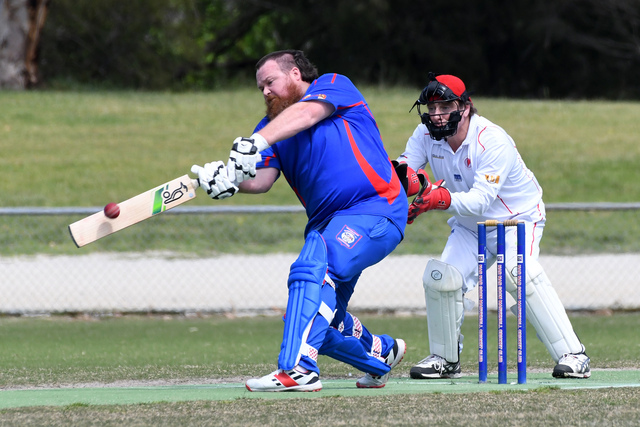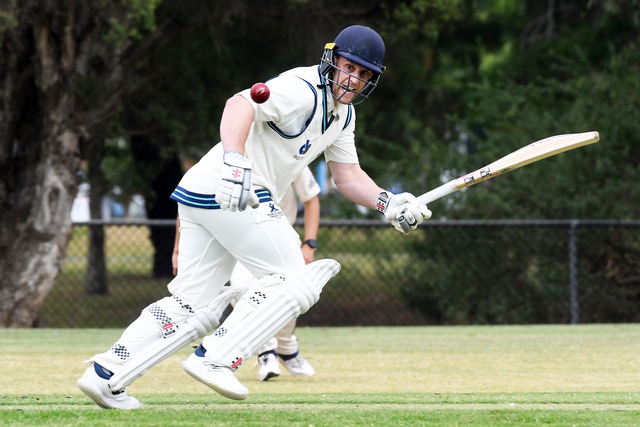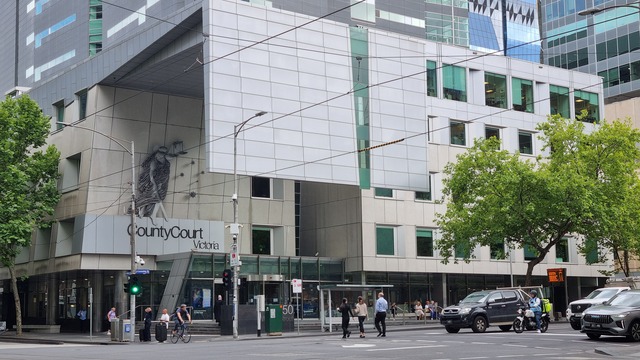New research has found one in five adults in Australia can’t name any heart attack symptoms and about half report chest pain as a symptom.
While Casey sits below the national average for heart related hospital admissions and heart disease mortality, it is crucial that locals remain vigilant and knowledgeable.
Casey residents rank higher when looking at risk factors, such as insufficient exercise, smoking, high blood pressure and obesity.
Over 70 per cent of Casey residents do an insufficient amount of exercise, which increases the likelihood of locals experiencing heart complications.
Obesity rates are also slightly higher than the national average of 31.3 per cent with Casey reporting an obesity rate of 34.1 per cent.
Casey matches the national average in terms of smoking (15.1 per cent) and high blood pressure (22.8 per cent).
A Monash University-led project reports that awareness of heart attack symptoms declined significantly in the years following the Heat Foundation’s Warning Signs campaign.
Awareness of chest pain as a heart attack symptom fell from 80 per cent in 2010 to 57 per cent in 2020.
The proportion of respondents who could not name a single heart symptom increased from four per cent to 20 per cent.
Lead author Associate Professor Janet Bray, of the Monash University School of Public Health and Preventive Medicine, said the findings were “very alarming” and new approaches were needed to ensure people acted appropriately if symptoms occurred.
Associate Professor Bray said time was critical.
“Every minute, more heart muscle dies and the chance of complications like cardiac arrest increases,” she said.
“Every Australian should be able to recognise heart attack symptoms and the need to respond quickly and call Triple Zero for an ambulance.”
The findings helped prompt the Heart Matters study, an NHMRC-funded partnership between Monash University, the Heart Foundation, Ambulance Victoria and the Victorian Government Department of Health.
The trial is working to improve heart attack awareness in eight high-risk local government areas.
Heart Foundation Manager Clinical Evidence, Dr Amanda Buttery, said Heart Matters aimed to improve personal risk awareness, heart symptom awareness and ambulance use in areas with known high heart attack rates and low ambulance use.
“It involves community education sessions and reaching groups with known low warning sign awareness and ambulance use,” she said.
Associate Professor Bray said some people in Australia were “definitely” at risk of serious illness or death due to their lack of heart attack knowledge.
She said awareness was unlikely to have improved in the time since study finished in 2020, as public health messaging has been focused on Covid.
“A heart attack occurs due to a blockage in an artery in the heart, which means blood and oxygen can’t get to part of the heart and that part starts to die,” she said.
“We have treatments in hospital that can reopen the blocked artery, and the quicker this can be done the less heart muscle that dies.
“This is why we need the public to know heart attack symptoms and to call an ambulance.
“Calling an ambulance allows treatment to start immediately and ensures that they can be taken to a hospital that offers the right treatment.”
Ambulance Victoria Paramedic and Acting Director of Research and Evaluation, Dr Ziad Nehme, welcomed the findings of the study.
“Our paramedics attend almost 60,000 patients every year with suspected heart attack symptoms, such as chest pain,” said Dr Nehme.
“Paramedics are best placed to diagnose and treat heart attacks in the community and are equipped to administer life-saving medications that can open a blocked artery in the heart. “Recognising your symptoms early and calling Triple Zero (000) can make all the difference to your recovery.”
Every year 56,700 Australians have a heart attack or angina, equating to 155 events every day.
Twice as many men experience heart attacks as women, and considerably more men die, with 93 per cent more men being admitted to hospital for heart attacks than women.
However, Heart Foundation Manager Clinical Evidence Dr Amanda Buttery says that while chest pain is the most common heart attack symptom in both women and men, women are more likely than men to experience non-chest pain symptoms.
Dr Buttery says women are more likely to experience heart attack warning signs such as nausea, fatigue, shortness of breath, cold sweats and pain or discomfort in the jaw, shoulders, arms or back.
These are symptoms that can be mistaken for conditions such as the flu, overexertion, indigestion or just feeling run down rather than a life-threatening heart attack.
It is vital Australians are aware of these symptoms and seek appropriate help.
Heart attacks cause almost one in 25 deaths. This equates to one person every 81 minutes, or on average 18 people every day.
Positively, the prevalence of heart attacks has been decreasing over time.
Warning signs of a heart attack are important to recognise.
You may experience pain, pressure or tightness in one or more of these areas: chest, arm/s, shoulder/s or back, neck or jaw.
You may also feel short of breath, dizzy, sweaty or sick.
If you experience these symptoms, tell someone how you feel.
If you are feeling worse or not better after 10 minutes, call triple zero (000).







